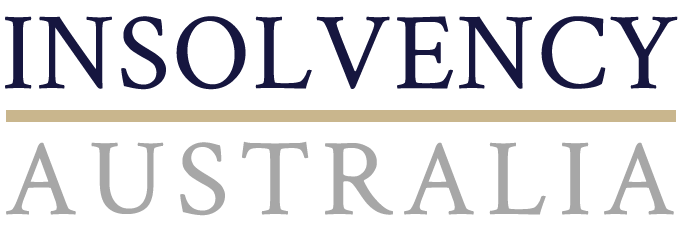Why EOFY is the ideal time for business health checks
Australian business owners are being urged to ‘take stock’ of their businesses as the end of the financial year rapidly approaches. It provides the ideal opportunity for directors and their accountants to do a business ‘health check’ and take action if there are any issues, according to Insolvency Australia.
“This financial year has seen the insolvency ‘dam’ begin to break, which is why EOFY provides a good opportunity to truly assess how your business is going. We’ve spoken with a number of insolvency specialists who have similar advice: it’s the perfect time to ‘get your house in order’,” Insolvency Australia director, Gareth Gammon said.
CreditorWatch CEO, Patrick Coghlan believes insolvency primarily occurs due to problems with cash flow and, ultimately, a total lack of it.
“Therefore, get your ledger in order now to start the new financial year in the strongest possible position. The number of variables impacting the risk exposure of modern businesses means that automation of credit risk management is really the only way to effectively keep on top of it,” he said.
“Now is the time to collect on outstanding payments to help your business better manage EOFY tax and superannuation obligations. Online collections tools take the pain out of chasing unpaid invoices by sending automated reminders, increasing your collections rate, and freeing up your accounts team to focus on value-adding tasks.”
According to insolvency specialist firm, Sleiman & Co’s Joseph Sleiman, EOFY is a good opportunity to review a company’s tax lodgement compliance and make a plan for the new financial year, as well as assessing and controlling any tax or other debts.
“Keep up to tax with tax lodgements. It keeps you closer to your accountant, who may be able to advise you at an early stage to seek the assistance of a registered liquidator,” Sleiman said.
“The continued interactions with your accountant can have the benefit of reducing or eliminating a Director Penalty Notice (DPN) being issued, particularly a lockdown DPN, which could have dire consequences for the director’s personal financial affairs.
“By keeping tax relationships transparent, there’s less chance of the director going too far over the line of incurring substantial tax and other debts, and thus causing potentially life-changing or irreparable personal financial damage.”
Insolvency solutions and restructuring firm, RRI Advisory’s John Kukulovski added that EOFY is a challenging time – even for businesses that are doing well. “It’s crucial that directors use this time to take stock of their company’s financial health and identify any opportunities and issues for the coming year. As insolvency professionals, we all too often see directors trying to take on new challenges without knowing how their company is holding up. You can’t chart a new course without a map.”
Boutique insolvency and restructuring practice, Greyhouse Partners’ Ben Verney said, “EOFY preparation generally means company accountants tidying amounts and balances in the chart of accounts for statutory reporting and tax accounting purposes. If this process helps directors look closely at the level of business commitments (liabilities) and compare these to short-term cash availability (liquid assets), then EOFY planning is a welcome opportunity to do so. The risk of insolvency is decreased if this process is performed regularly. Preparing and analysing business cash flows and forecasts is optimal if performed monthly.”
A final word from RSM Australia national head of restructuring and recovery, Frank Lopilato, who says that for the new financial year, “setting up a clear cash flow budget helps give you better oversight of your business and pre-empt issues that may arise from cash deficits”.
He added: “This will help alleviate a lot of financial stress and ensure you allocate enough to cover your fixed costs such as rent, loan repayments, insurance, telephone and wages.
“With the change and volatility of economic factors, it is critical that business owners maintain optimisation of their cost pricing to cover overheads and pricing accordingly, ensuring the company is profitable yet still maintaining competitiveness and demand. In the tough economic environment we’re in, it’s further needed to boost these considerations by not optimising cost pricing but rather working to make a sale by improving marketing, customer relationships and the quality of goods and services.”
Top EOFY tips:
- Prepare and deal with statutory and tax obligations
- Review your cash flow (current and forecast) and collect outstanding debts
- Give your business a ‘health check’ and get your books and records in order
- Prepay expenses (e.g., rent, leases, bills) to claim a tax deduction
- Identify where you can cut costs for the new financial year
- If in financial distress, speak with a specialist insolvency/business turnaround practitioner
View the original article here.

